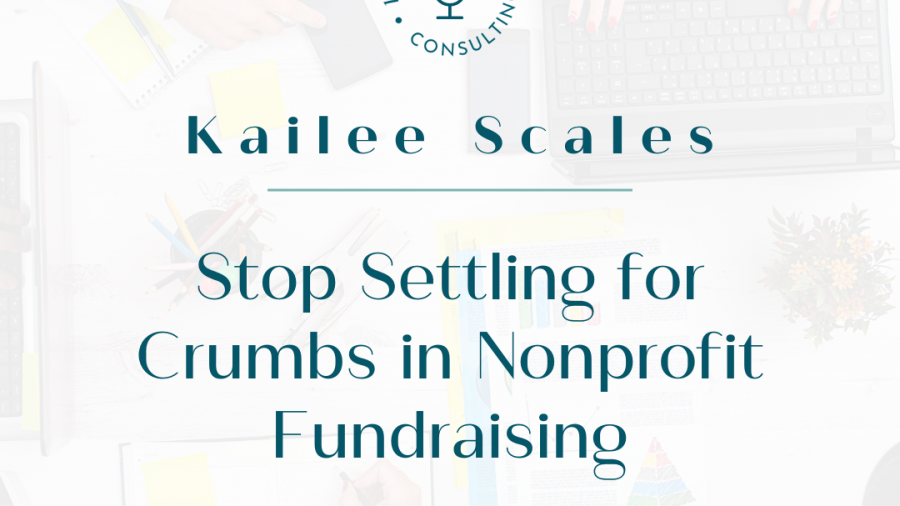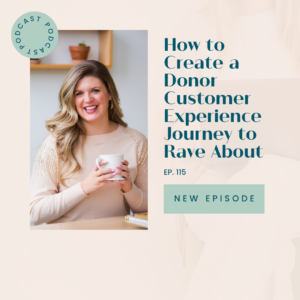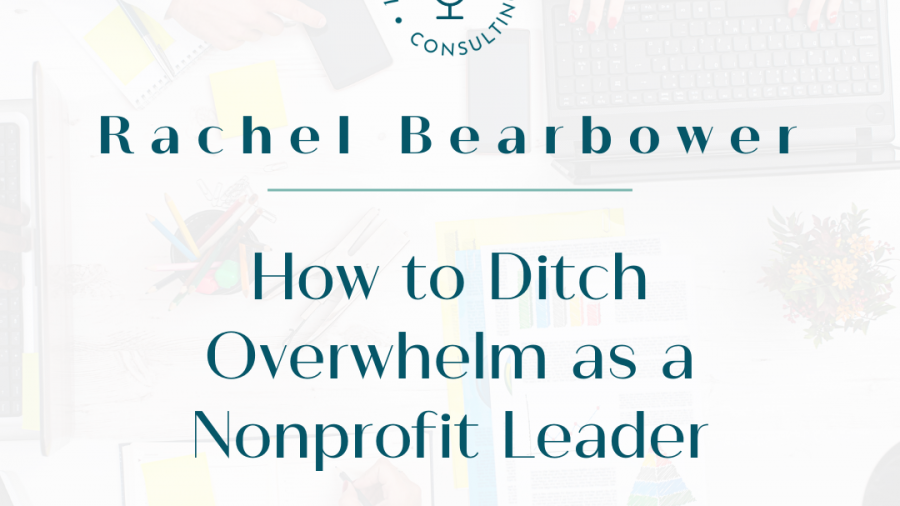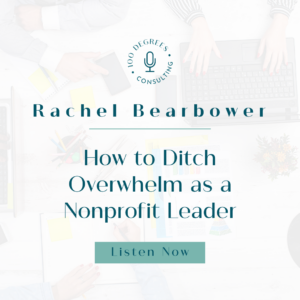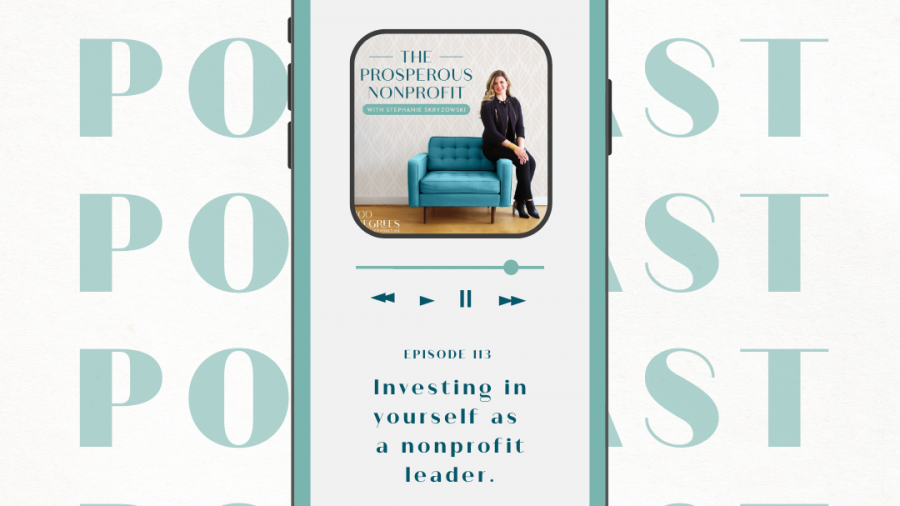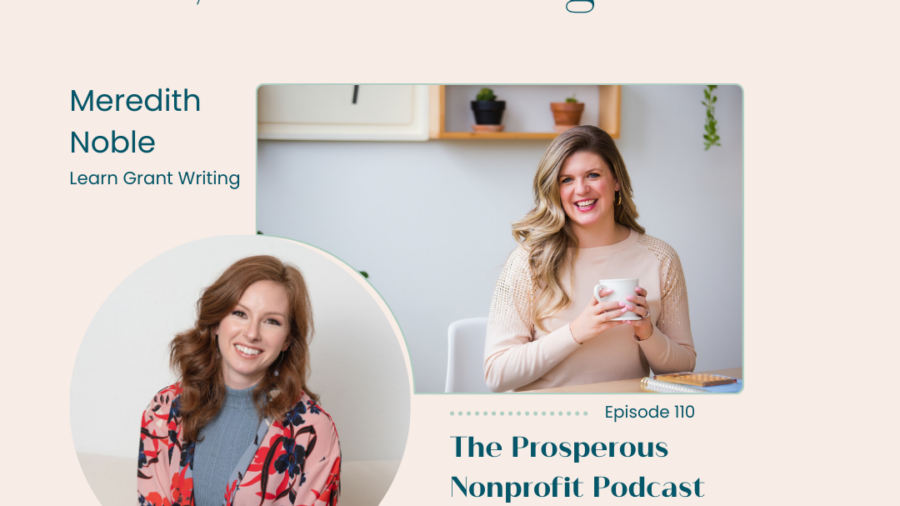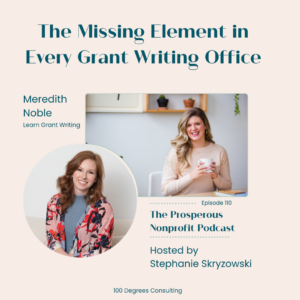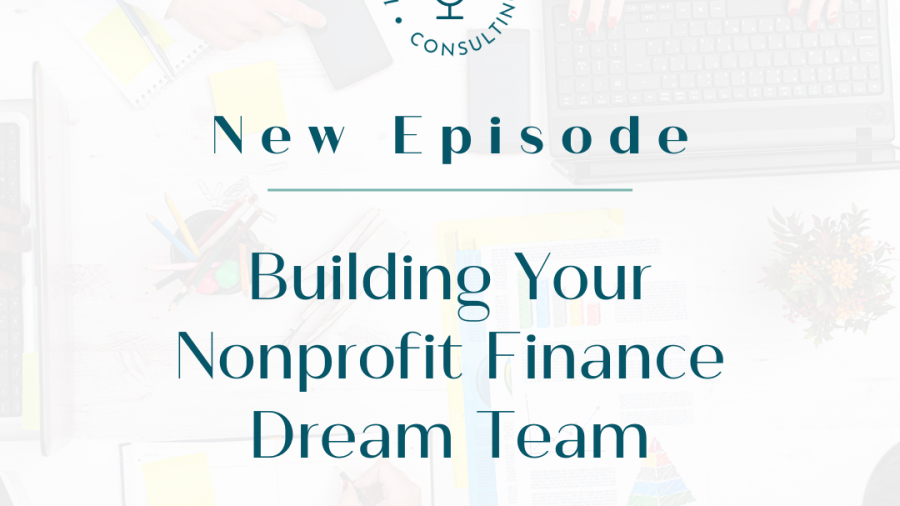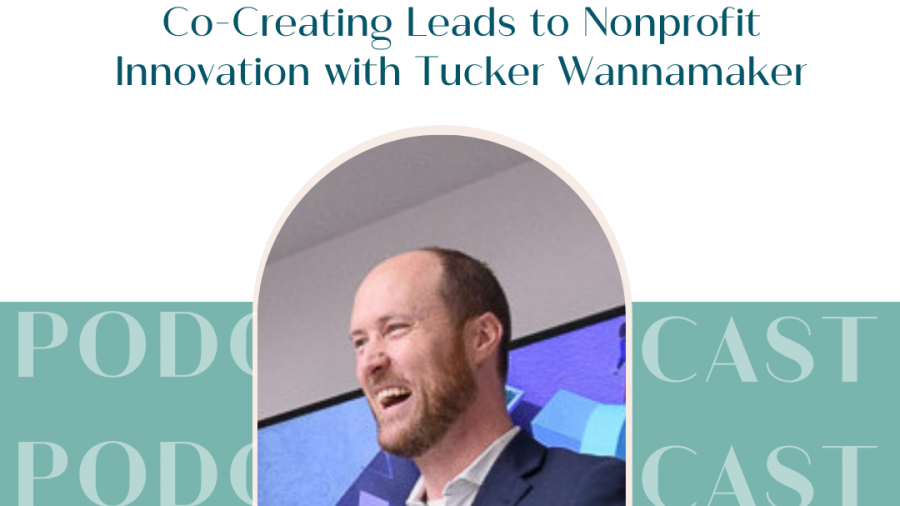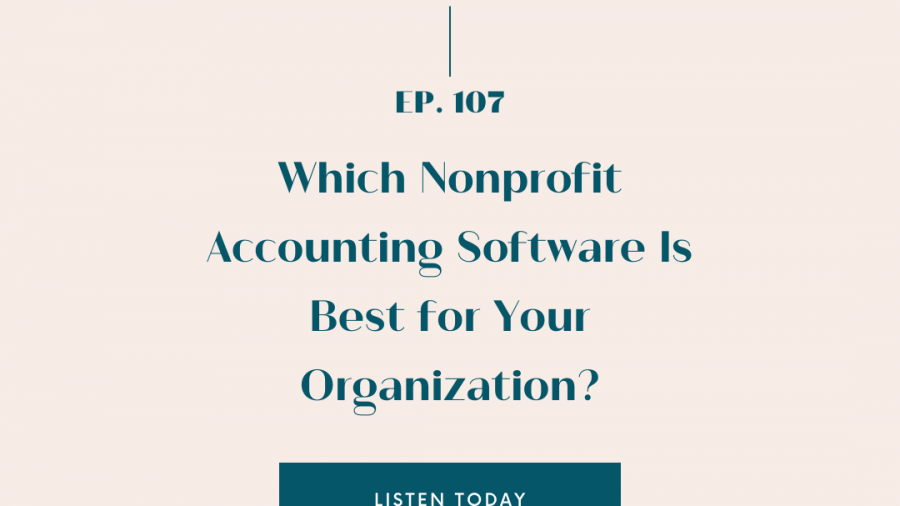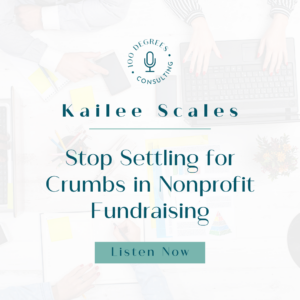
Kailee Scales, the dynamic CEO of Pencils of Promise (PoP), has carved a distinctive path in nonprofit fundraising and leadership. Raised in Queens, New York, Kailee fostered a passion for music alongside a desire for global change. Her commitment to social transformation was ignited during a Congressional campaign in Brooklyn, marking the start of her journey in leadership.
Kailee’s profound impact began as an entry-level fundraiser for the Muscular Dystrophy Association (MDA), where her knack for galvanizing support led to record-breaking funds. Her role at PoP now involves breaking down educational barriers for children worldwide.
Beyond PoP, she founded Think Free Global Strategies to offer equity solutions for organizations, extending her influence to 17 countries. From a music enthusiast to a global change catalyst, Kailee’s journey is a masterclass for those in the nonprofit sector.
Embarking on a path of social change from an early age in Queens, New York, Kailee Scales has emerged as an emblem of transformative leadership in the nonprofit sector. As the CEO of Pencils of Promise (PoP) and founder of Think Free Global Strategies, her approach offers invaluable insights for nonprofit leaders. Here, we distill key elements of Kailee’s philosophy that can guide your journey toward more impactful leadership.
Unleash the Power of Fundraising
Kailee views fundraising as more than a means to an end; she sees it as a force for societal transformation. Adopt her confidence in articulating the potential impact of donations. This perspective can help you connect with donors on a deeper level, driving greater engagement and commitment.
It’s crucial to transcend the conventional ‘scarcity mindset’ that often pervades the nonprofit sector. Instead, embrace Kailee’s ‘abundance mindset,’ viewing resources as plentiful and fundraisers as advocates for a fair share. This paradigm shift can create a more positive, expansive perspective that ultimately attracts more funding.
Make Storytelling Your Secret Weapon
Kailee emphasizes the human element in fundraising, underscoring the critical role of storytelling. This approach fosters a connection between donors and the lives their contributions can transform. Infusing your fundraising efforts with compelling narratives will cultivate a sense of contribution among donors, amplifying your impact.
Foster Collaboration
In the nonprofit sector, collaboration is more than teamwork; it’s a cornerstone of successful leadership, as exemplified by Kailee Scales. Kailee acknowledges the need to distribute tasks effectively, recognize each team member’s strengths, and ensure everyone’s contribution is valued and recognized. To adopt her collaborative leadership style, prioritize an environment where each member feels valued, heard, and crucial to the mission. By doing so, you can cultivate inclusivity and build stronger strategies for change. This intentional shift towards collaborative leadership can drive your organization towards greater efficacy and impact.
Create a Vision for Prosperity
Kailee’s vision of a prosperous nonprofit entails three key components: a clear message, a clear intervention, and a found tribe. Implementing this vision means forming a deep connection with your supporters and communicating your mission effectively. It’s about taking your tribe on a transformative journey, using their voices for advocacy, and expanding your community of supporters.
Stay the Course: The Nonprofit Marathon
Just as Kailee likens nonprofit work to a marathon, it’s essential to understand that your organization’s journey will involve continuous growth and adaptation. Success involves:
- Regularly revisiting your communication strategies.
- Keeping your tribe engaged.
- Reminding them they are integral to your mission.
Embrace Kailee’s Transformative Journey
Kailee Scales offers an unconventional, abundantly rewarding perspective on nonprofit leadership. Embracing her insights into collaboration, storytelling, the abundance mindset, and the marathon nature of change can help you steer your organization toward prosperity. Use these guiding principles to inform your leadership style and foster a transformative, impactful, and abundant approach to your mission.
Read the podcast transcripts here.
Links mentioned in this episode:
- Connect with Stephanie on Instagram
- Connect with 100 Degrees Consulting on Instagram
- Connect with Kailee on Instagram
- Understand (and maximize) your organization’s numbers with this free download.
Want more of the podcast?
- New episodes are released weekly! Find them all plus show notes and exclusive bonus content at 100degreesconsulting.com/podcast
- Leave us a review! Click here, scroll to the bottom, tap to rate with five stars, and select “Write a Review.” Let me know what you loved most about this episode!
- Subscribe to the show so you don’t miss a thing


